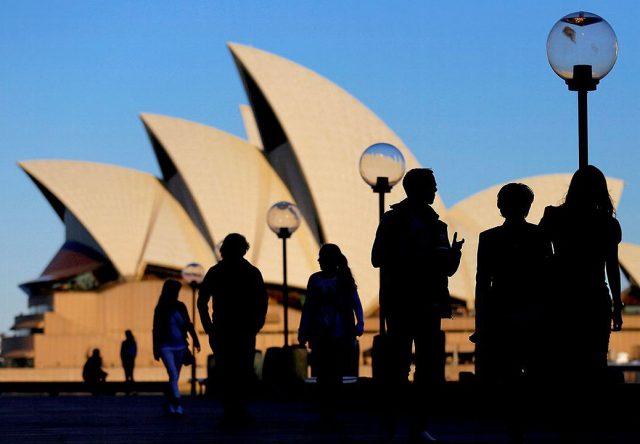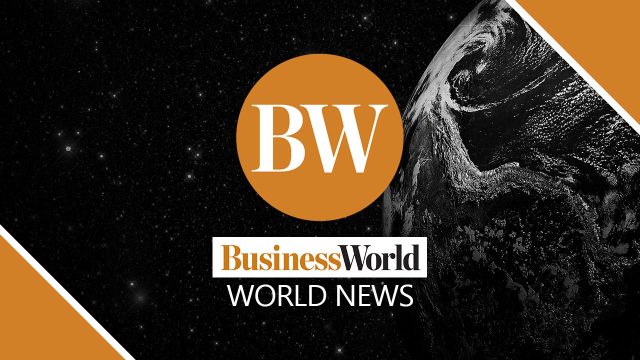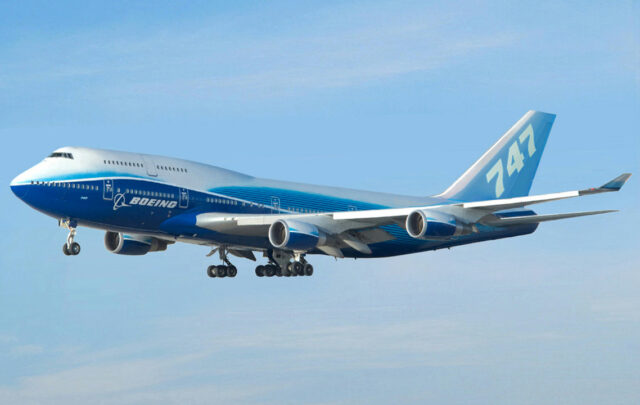New Zealand counts cost of Auckland floods, more rain forecast

WELLINGTON — Flood-ravaged Auckland is forecast to receive further heavy rain in the coming days, authorities in New Zealand’s largest city said on Monday, as insurers counted the costs of what looks likely to be the country’s most expensive weather event ever.
Four people lost their lives in flash floods and landslides that hit Auckland over the last three days amid record downpours. A state of emergency remains in place in Auckland. A state of emergency in the Waitomo region south of Auckland was lifted.
Flights in and out of Auckland Airport are still experiencing delays and cancellations, beaches around the city of 1.6 million are closed and all Auckland schools will remain closed until Feb. 7.
“There has been very significant damage across Auckland,” New Zealand Prime Minister Chris Hipkins told state-owned television station TVNZ on Monday. “Obviously there were a number of homes damaged by flooding but also extensive earth movements.”
Currently, around 350 people were in need of emergency accommodation, he added.
LOOMING CLOUDS
Metservice is forecasting further heavy rains to hit the already sodden city late on Tuesday.
“We have more adverse weather coming and we need to prepare for that,” Auckland Emergency Management duty controller Rachel Kelleher told a media conference.
Fire and Emergency services received 30 callouts overnight Monday, including responding to a landslide when a carport slid down a hill.
The council has designated 69 houses as uninhabitable and has prevented people from entering them. A further 300 properties were deemed at risk, with access restricted to certain areas for short periods.
The north of New Zealand’s North Island is receiving more rain than normal due to the La Nina weather event.
The National Institute of Water and Atmospheric Research (NIWA) said Auckland has already recorded more than eight times its average January rainfall and 40% of its annual average rainfall.
INSURERS FACE HEFTY BILL
The cost of the clean up is expected to top the NZ$97 million ($63 million) bill for flooding on the West Coast in 2021 but will not be anywhere near as expensive as the estimated NZ$31 billion insured costs of two major earthquakes in Christchurch in 2010-2011, said Insurance Council of New Zealand spokesperson Christian Judge.
Insurance Australia Group’s New Zealand divisions have received over 5,000 claims so far and Suncorp Group said it received around 3,000 claims across the Vero and AA Insurance Brands. New Zealand’s Tower said it had received around 1,900 claims.
“The number of claims is expected to rise further over the coming days, with the event still unfolding and as customers identify damage to their property,” IAG said in a statement.
Economists say the recovery and rebuild could add to inflationary pressures in New Zealand as vehicles and household goods need to be replaced and there is an increase in construction work needed to repair or rebuild houses and infrastructure damaged by the flooding. — Reuters










